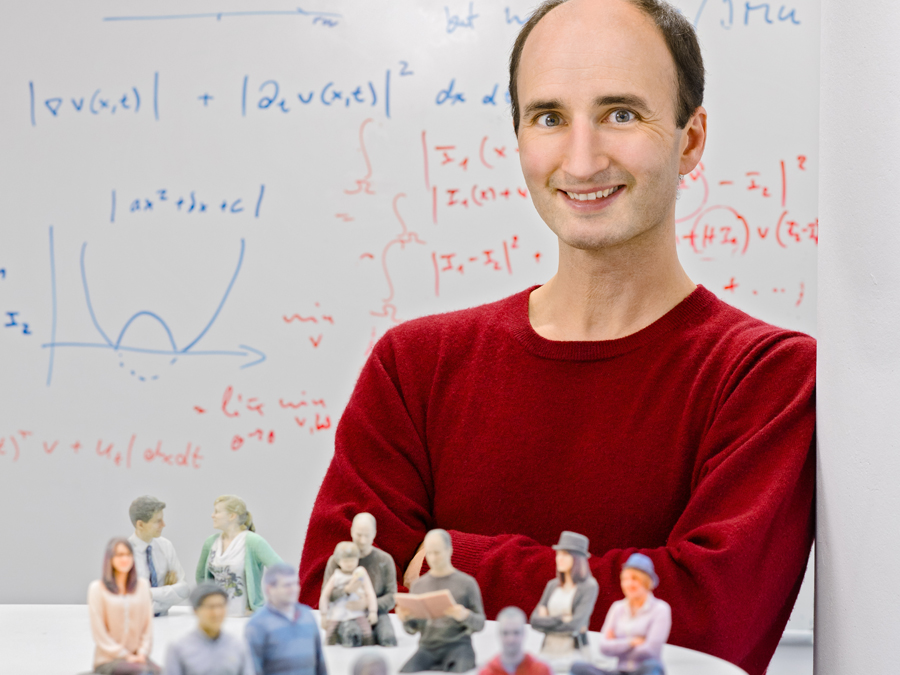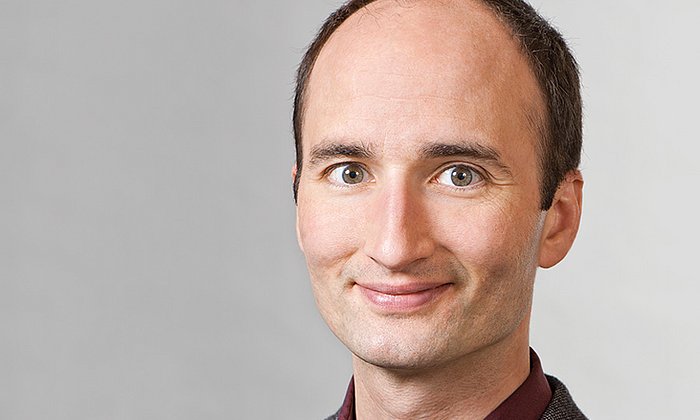Informatics professor Daniel Cremers explains the procedure Direct Image Alignment at Latest Thinking
Capturing the 3D world with a handheld camera

That’s the goal for Prof. Daniel Cremers, Chair for Computer Vision and Pattern Recognition with TUM’s Informatics department. Cremers’ trailblazing research into mathematical image pro-cessing and pattern recognition earned him the 2016 Gottfried Wilhelm Leibniz Prize – Germany’s most esteemed award in the sciences. His question: How can we use a camera to capture and “recover” the 3D world and reconstruct it in real time? The answer? It might lie in something called “Direct Image Alignment,” which is a core component of his current research into realizing the 3D world in images – faster, with greater accuracy and with more robustness.
More on Prof. Cremers’ vision at Latest Thinking (14-minute video interview):
Further information:
Technical University of Munich
Corporate Communications Center
- Erica Gingerich
- Gingerich@zv.tum.de
- presse@tum.de
- Teamwebsite
